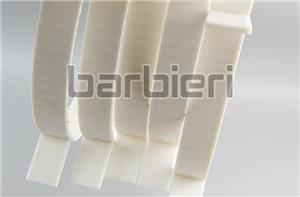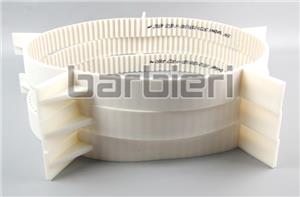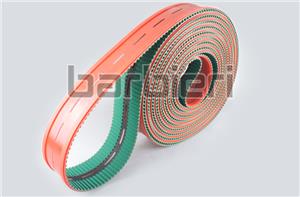Why does a timing belt deviate? Causes and Solutions for Timing Belt Deviating
Timing belt deviating is a common problem that can lead to reduced transmission efficiency, premature wear of the belt teeth and timing pulley teeth, abnormal noise, and even complete belt loss, disrupting normal equipment operation. The root cause of deviating timing belts is a lateral force applied perpendicular to their direction of travel, causing them to deviate from their ideal center path.
The following are the main causes of timing belt deviating and their corresponding solutions:
1. Installation Issues
*Axis Misalignment: This is the most common cause. The rotational axes of the two timing pulleys are not parallel, causing a force that pushes the timing belt to one side during operation.
*Axial Misalignment: Although the two timing pulleys are parallel in their respective axes, they are misaligned horizontally or vertically (i.e., one pulley is positioned forward or backward relative to the other), which also generates lateral forces.
Solutions:
Correct Installation and Alignment:
* Ensure parallelism of the timing pulley axes: Use a laser alignment tool or ruler to measure and adjust the end faces of the two timing pulleys to ensure they are strictly parallel in both the horizontal and vertical directions.
* Ensure axial alignment of the timing pulleys: Ensure the centerlines of the two timing pulleys are in the same plane (no front-to-back misalignment). Also, ensure that the mounting surface of the timing pulleys is perpendicular to the axis of rotation (use a dial indicator to measure runout).
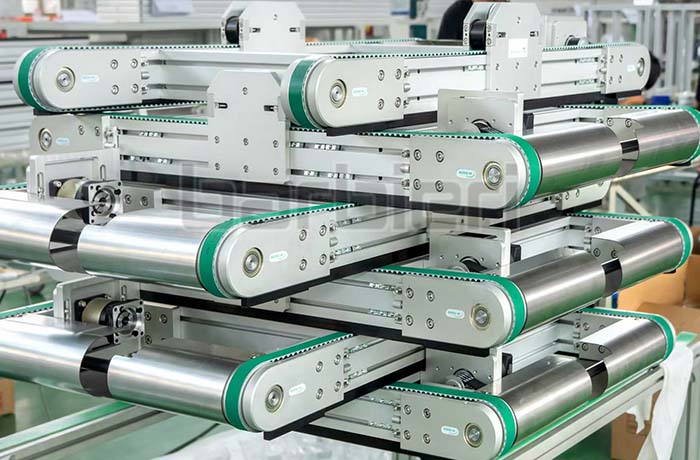
2. Timing Belt Problems
* Manufacturing Defects: Inconsistent timing belt length (e.g., large cumulative pitch error), uneven or twisted tension layers (steel/aramid cord), and uneven vulcanization of the belt body can cause lateral forces to be generated during operation. *Timing Belt Deformation: The timing belt may become twisted, deformed, have uneven edge wear, or be partially damaged due to overload, impact, aging, or other factors.
*Uneven Belt Tooth Wear: After long-term operation, the timing belt teeth may be severely worn on one side.
Solutions:
Inspecting and Replacing the Timing Belt:
*Choose a High-Quality Timing Belt: Purchase high-quality timing belts that meet specifications from reputable suppliers.
*Inspect the Timing Belt: Before installation, inspect the timing belt for obvious defects such as twisting, uneven edges, or poor tooth profile.
*Replace a Damaged or Deformed Belt: Old timing belts that show obvious uneven wear, twisting, edge damage, or tooth damage must be replaced promptly.
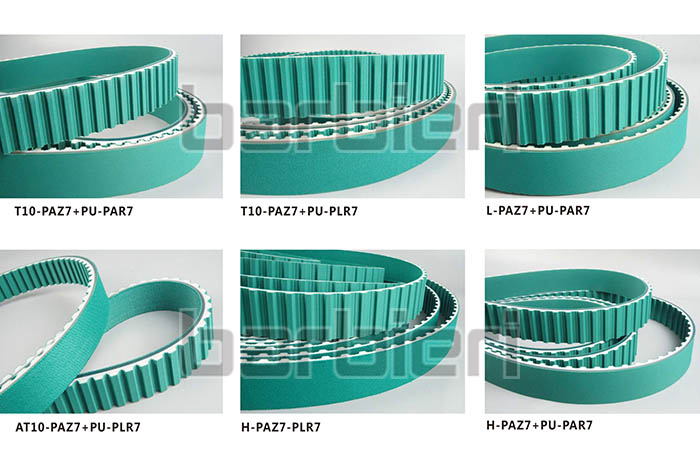
3. Timing Pulley Problems
*Timing Pulley Tooth Wear: Unilateral wear or damage to the timing pulley teeth affects engagement and may cause misalignment.
*Improper Flange Installation: The anti-slip flange is improperly installed or is loose and deformed, making it ineffective in guiding the belt.
*Improper Flange Clearance: The gap between the flange and the side of the timing belt is either too large (failure to provide a restraining effect) or too small (causing friction or even seizure).
* Missing flange on one side: The flange is only installed on one side of the pulley, making it easier for the timing belt to run out of the side without the flange.
Solutions
Check and correct the timing pulley:
* Check the timing pulley tooth profile: Check for severe wear, chipping, or deformation. Damaged timing pulleys must be replaced.
* Check and adjust the flange: Ensure the flange is securely installed and vertical. If deformed or bent, replace or correct it.
* Adjust the flange clearance: Adjust the gap between the flange and the side of the timing belt according to the manufacturer's recommended values based on the timing belt model and width to ensure uniform clearance.
* Correct flange usage: Flanges are typically installed on both the driving and driven pulleys. If space constraints require installation on one side, ensure the flange is on the side where the timing belt is most likely to run out (this usually requires physical observation).
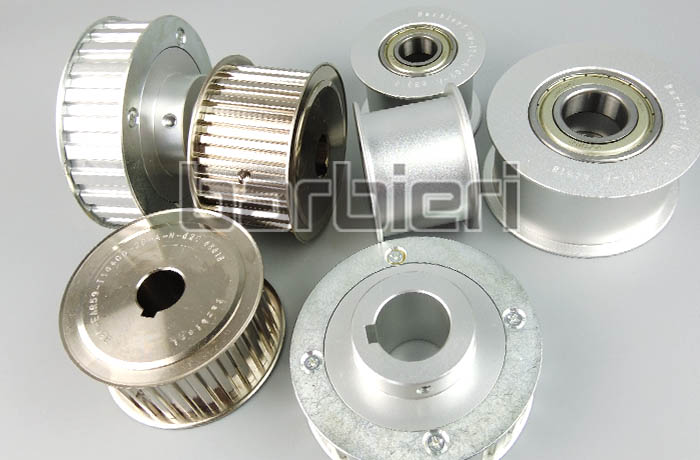
4. Tension Issues
* Insufficient tension: Too little tension can lead to inadequate engagement between the timing belt and the timing pulley, making it susceptible to vibration and misalignment under even slight lateral forces.
*Excessive tension: While excessive tension can reduce vibration, it can increase the load on bearings and shafts. If the installation is slightly misaligned, excessive tension can amplify misalignment and accelerate wear. Uneven tension can also cause misalignment.
Solutions
Adjust and maintain correct tension:
*Use a tension gauge: Always use a dedicated timing belt tension gauge (such as an acoustic tension gauge or a belt-pressing tension gauge) to measure tension and regularly review the tension.
5. External Factors
*Foreign matter intrusion: Dust, oil, debris, and other foreign matter can enter the meshing area between the timing belt and the timing pulley or accumulate on the pulley teeth or flanges, disrupting the normal operation of the timing belt.
Solutions
Environmental Improvement and Maintenance:
* Protection and Cleaning: Install a protective cover on the transmission system to prevent the intrusion of dust, oil, and foreign matter. Regularly clean dirt from the pulley teeth, flanges, and timing belt surfaces.


